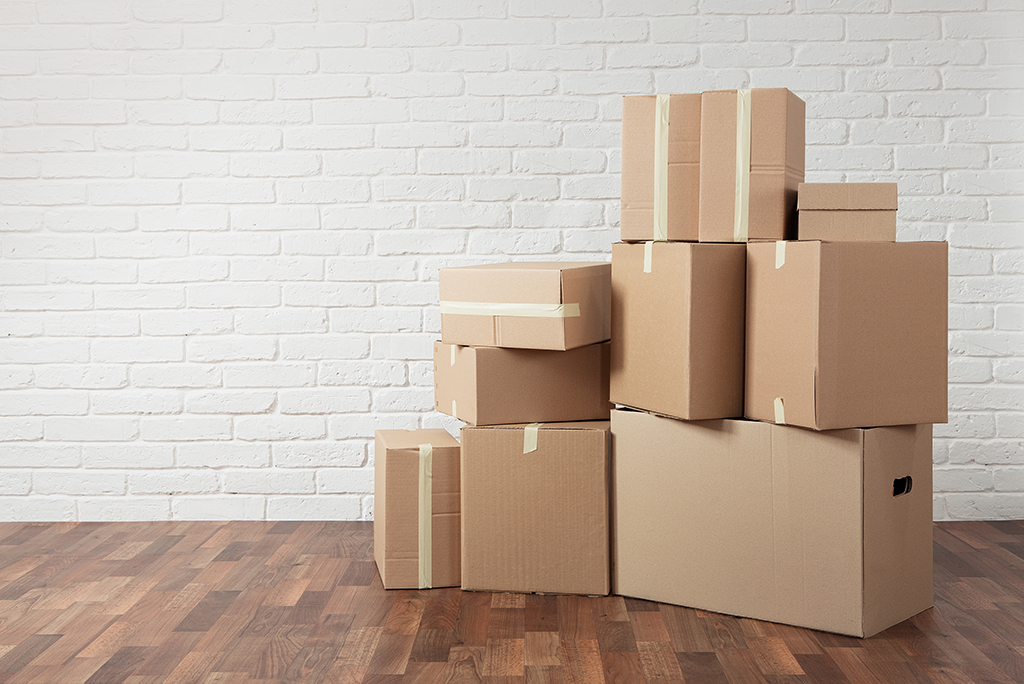Storage Tips

When you rent a storage unit, it’s easy to just pack and stack—but without a proper inventory, finding your items later can become a guessing game. Whether you’re storing for a move, business, or seasonal rotation, having a clear storage inventory can save you time, stress, and even money. Here's how to create one the smart way. 1. Why You Need a Storage Inventory
✅ Easier to find items
✅ Useful for insurance purposes
✅ Easy to track seasonal or business stock
✅ Reduces duplicate purchases (you’ll know what you already have!)
2. Start with a List Decide how you’ll track your inventory. Below are a few options:
Spreadsheets: Great for custom fields like category, box number, value, and condition.
Apps: Inventory apps like Sortly, Memento Database, or even Google Keep let you include photos and tags.
Notebook: Old-school but effective if you’re consistent.
Pro Tip: Include a column or section for “Box Number” or “Container Label” to match physical items with your list.
3. Label Everything Clearly Label each box with:
A unique number or code (e.g., B1, Kitchen-01)
A short contents summary ("Kitchen dishes and utensils, ")
Color-coding boxes by category also makes them easier to locate visually.
4. Take Photos of Contents Before sealing each box, snap a quick photo of the contents. This is helpful for:
Visual references when you’re trying to remember what you have and where you put it
Proof of contents for insurance claims
Tracking condition of valuable items
Store photos in your inventory app, cloud storage folder, or attach them to your spreadsheet.
5. Map Your Unit Layout Sketch a simple layout of your unit (or take a photo once everything is inside). Note:
Where each box or category is placed
Which areas are for long-term vs. short-term access
Any items stored vertically or behind furniture
This makes it easy to locate items without unpacking the entire unit.
6. Update ...
Access Storage
July 8th, 2025